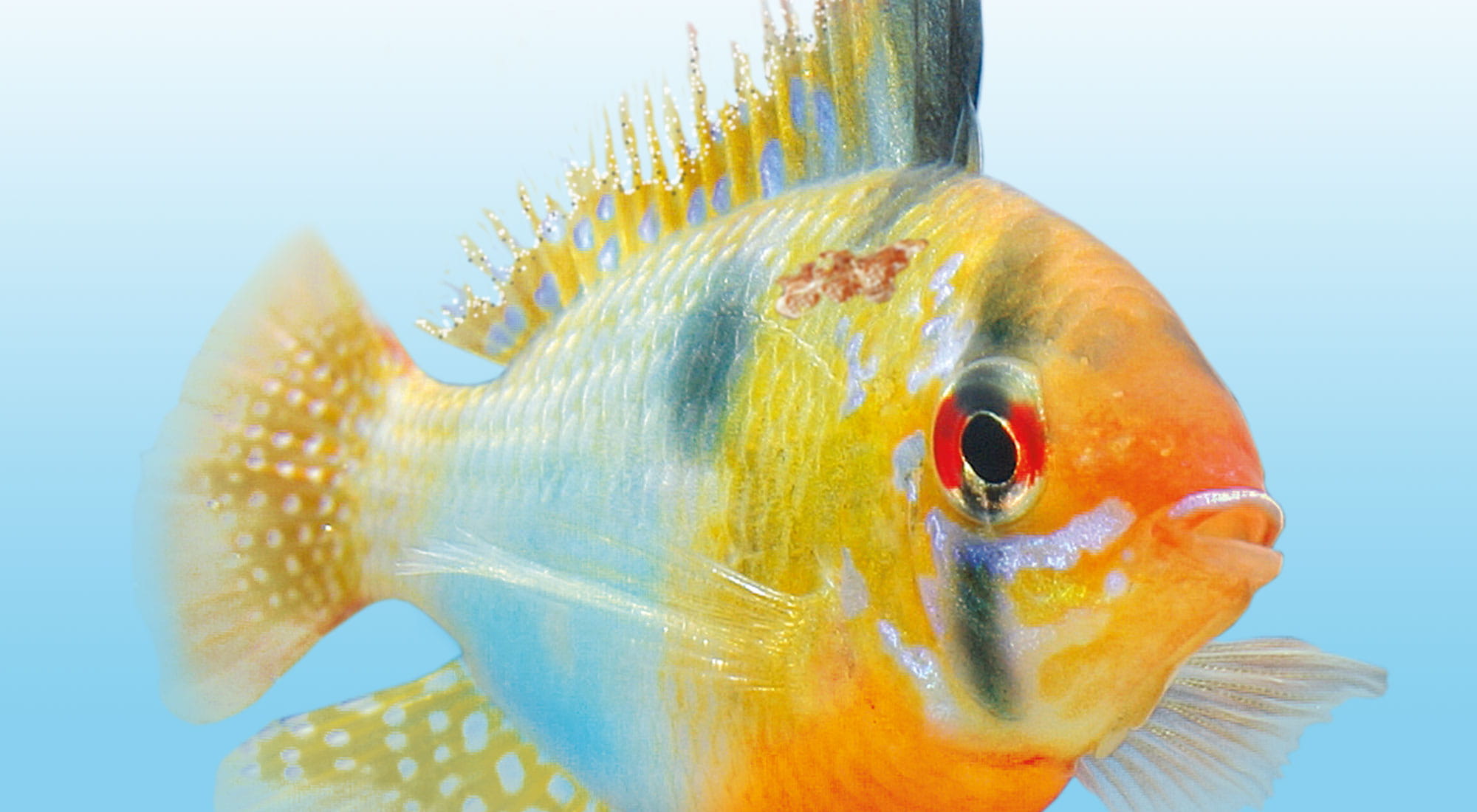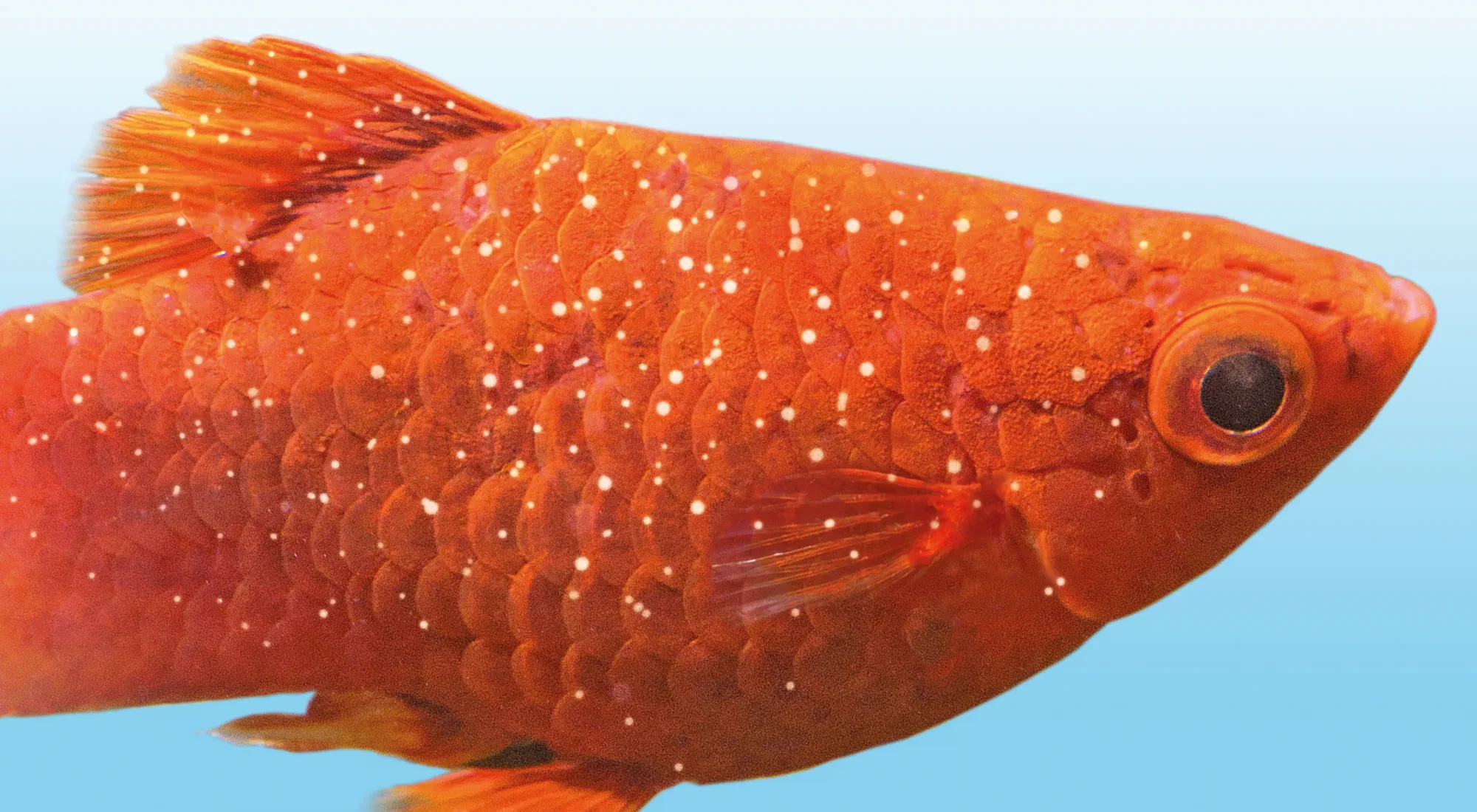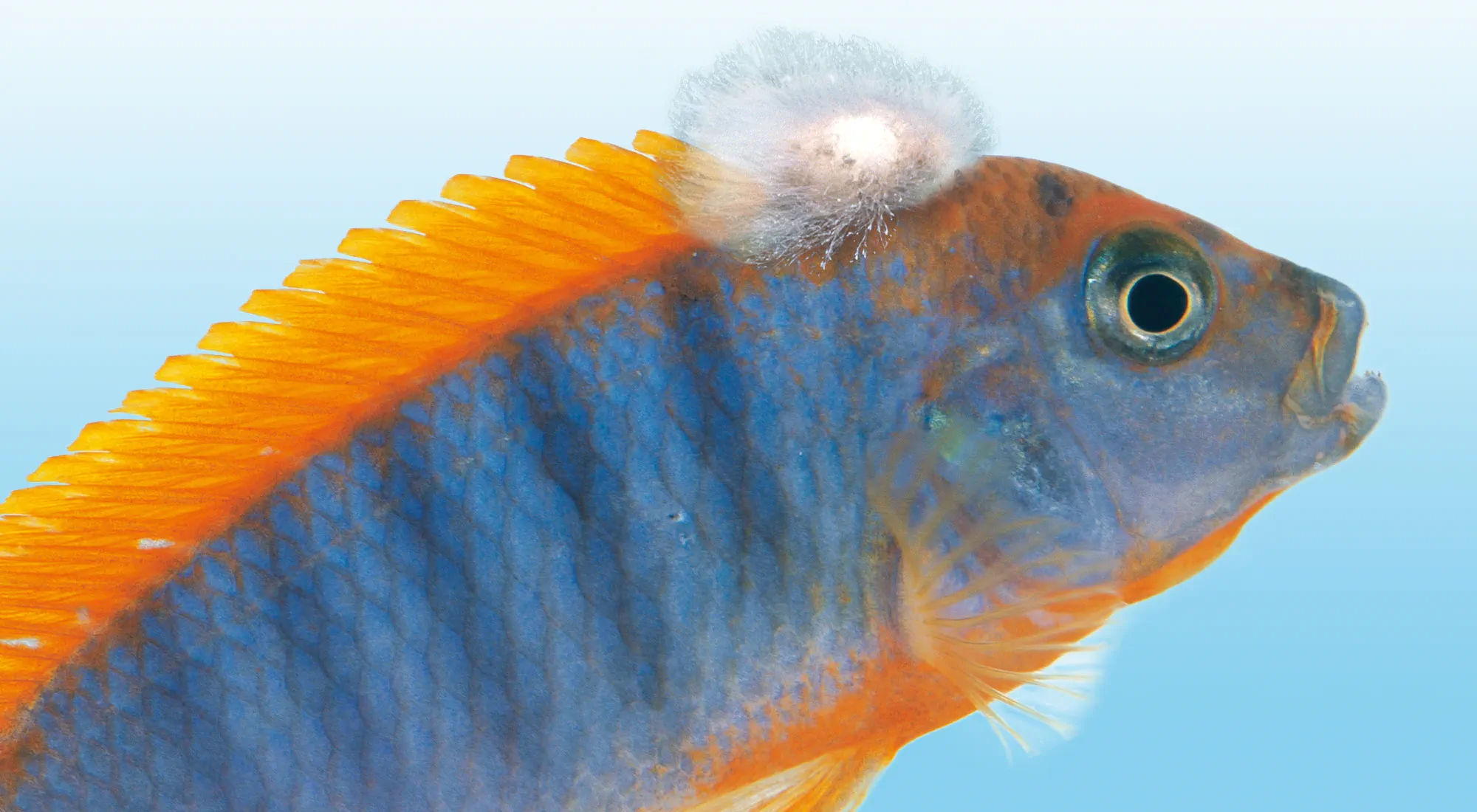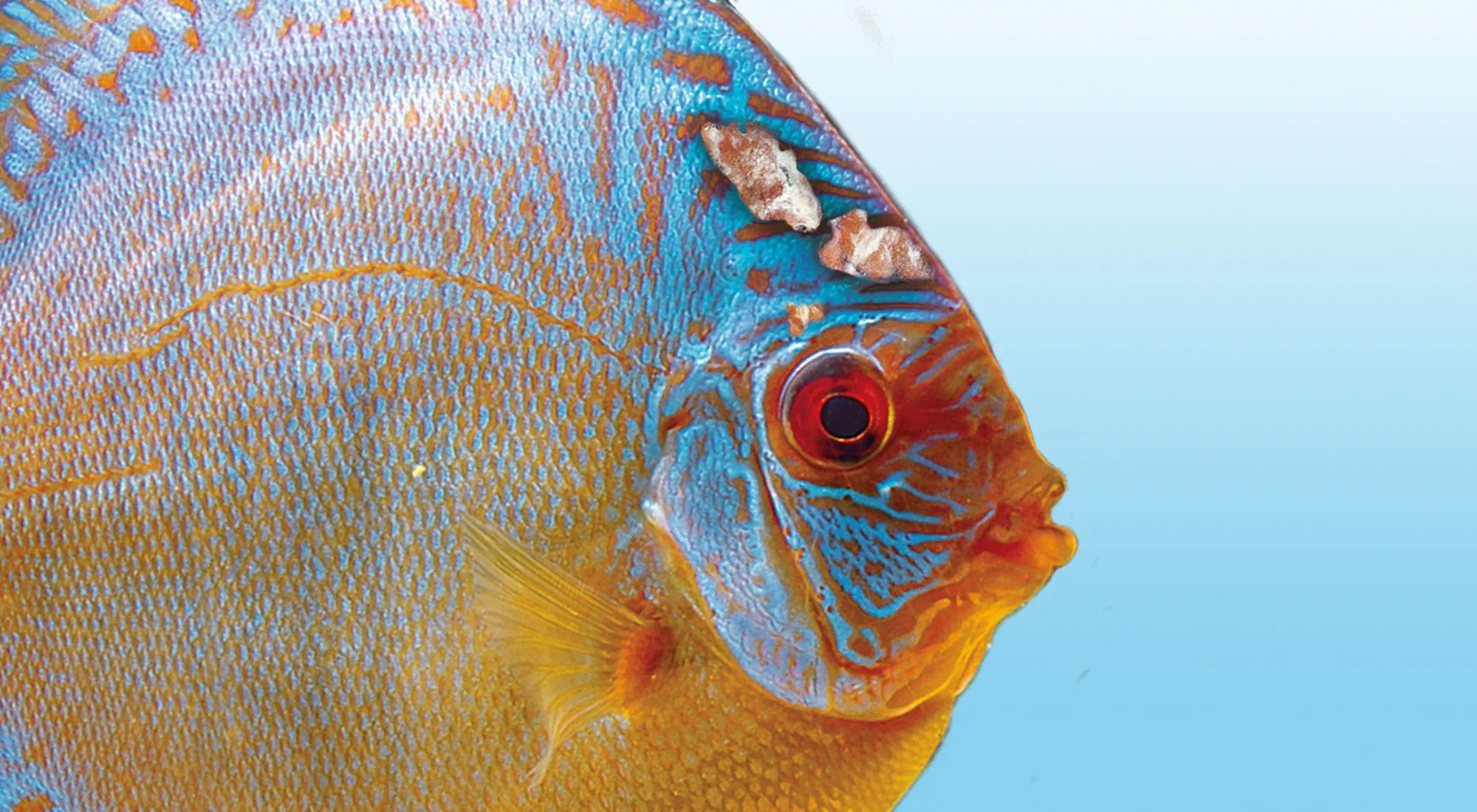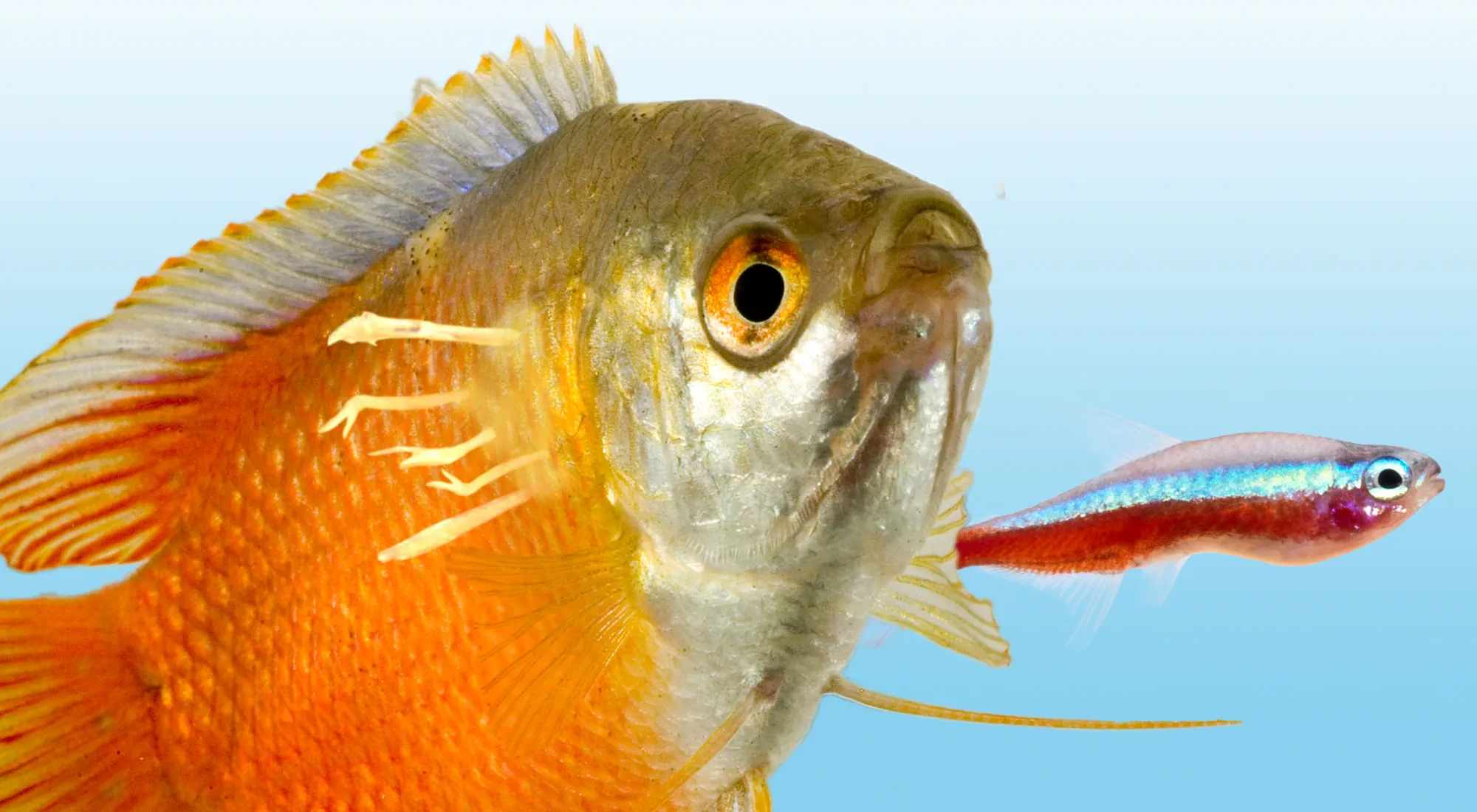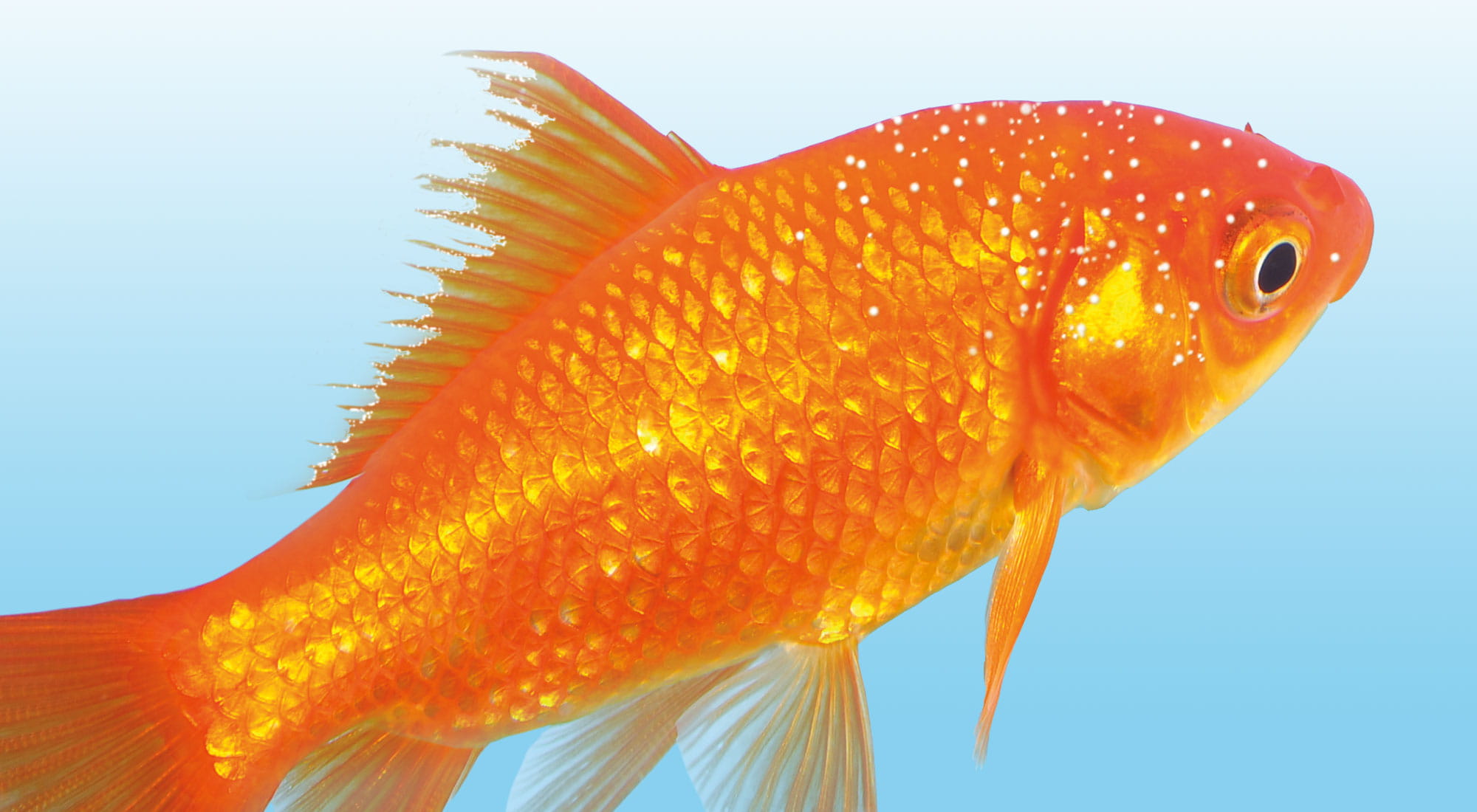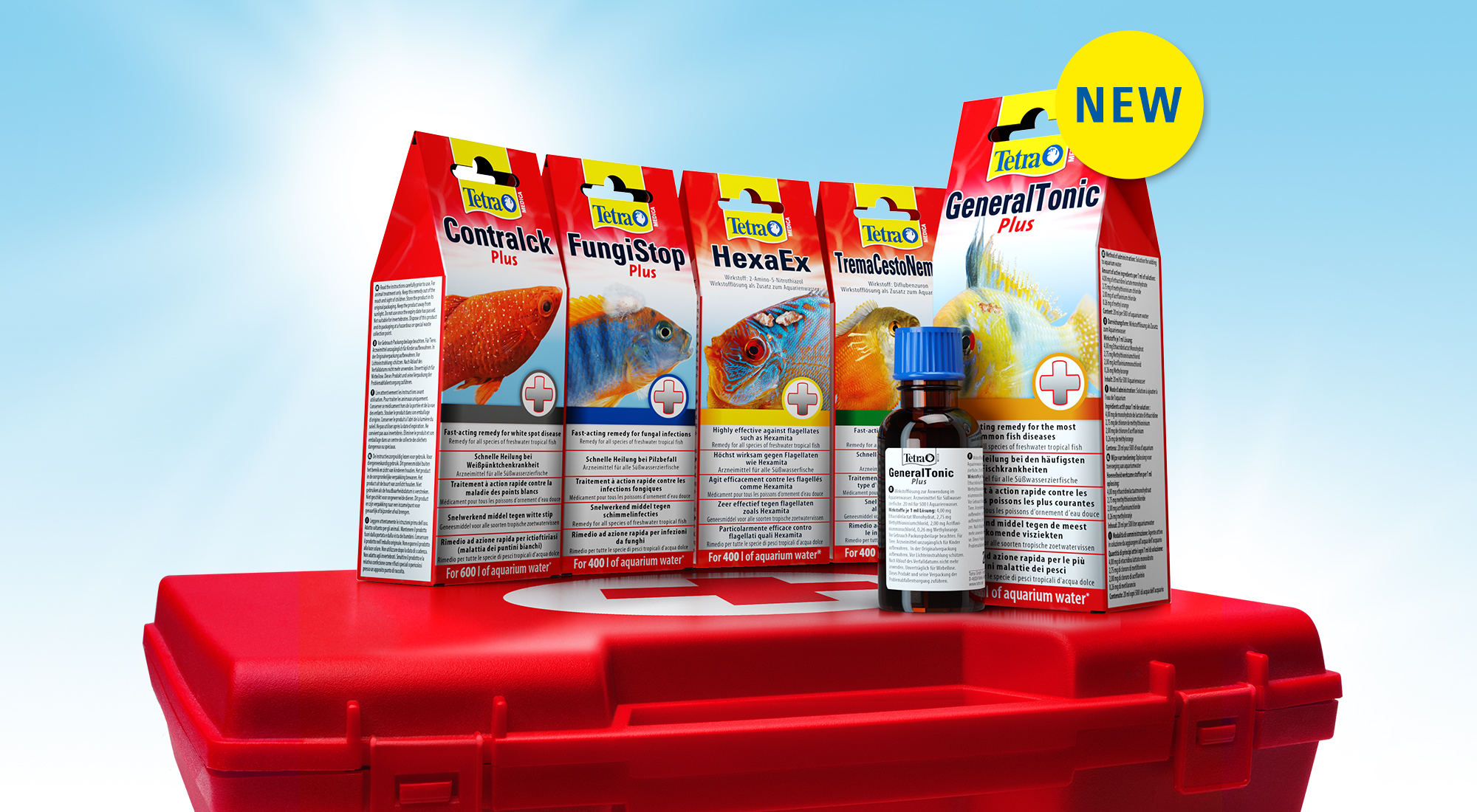
GeneralTonic Plus
Multi-purpose remedy designed to treat the most common freshwater ornamental fish diseases. Helps with bacterial infections and ectoparasitic diseases such as Costia or freshwater Oodinium.
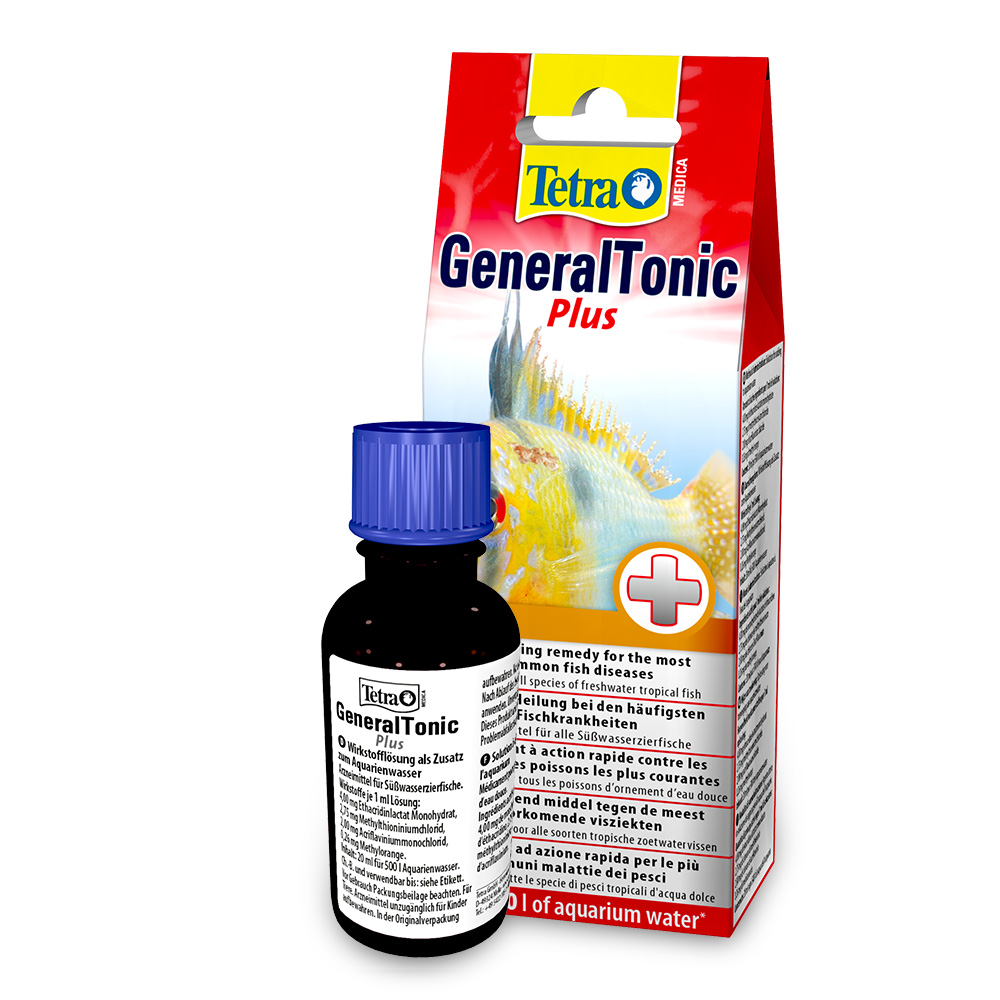
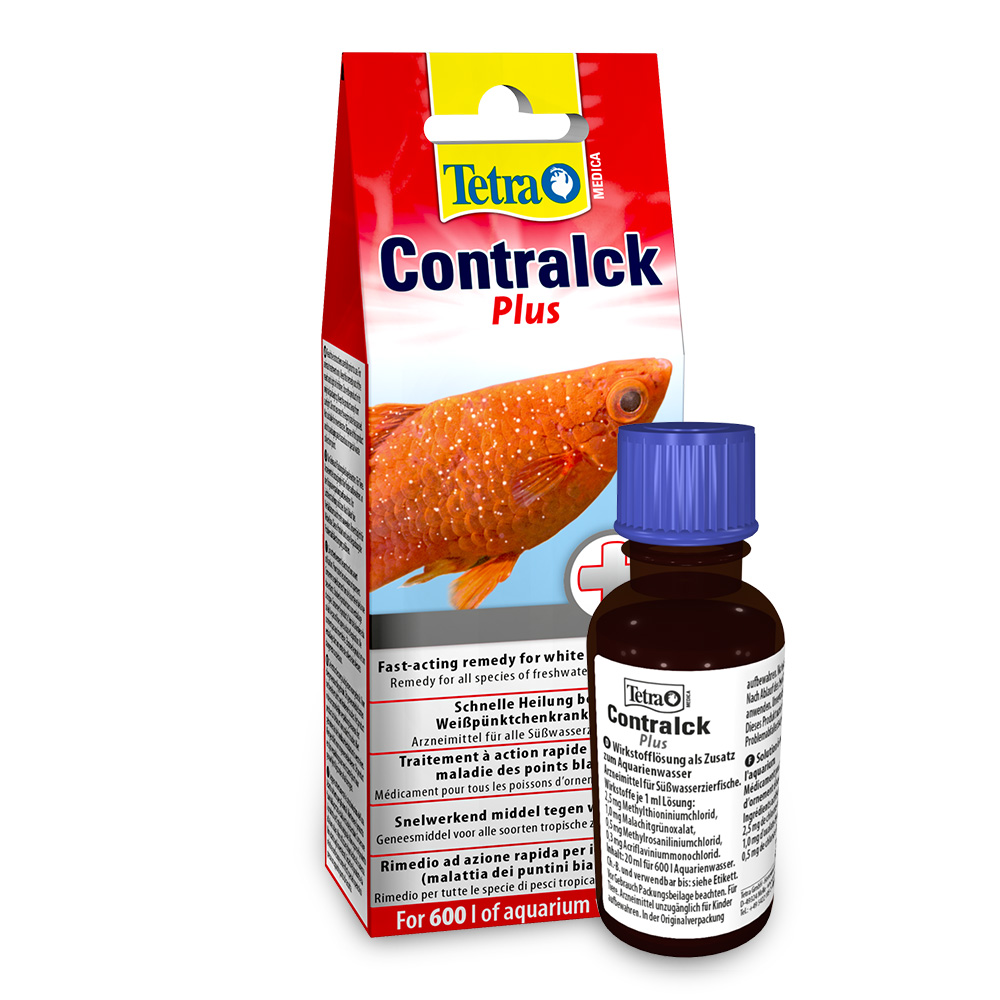
ContraIck Plus
Remedy designed to treat white spot disease (Ichthyo) in freshwater ornamental fish. Also helps treat other skin and gill parasites such as Trichodina and Chilodonella.
FungiStop Plus
Remedy designed to treat fungal infections and spawn fungus in freshwater ornamental fish. Also helps to treat external bacterial infections and mouth decay.
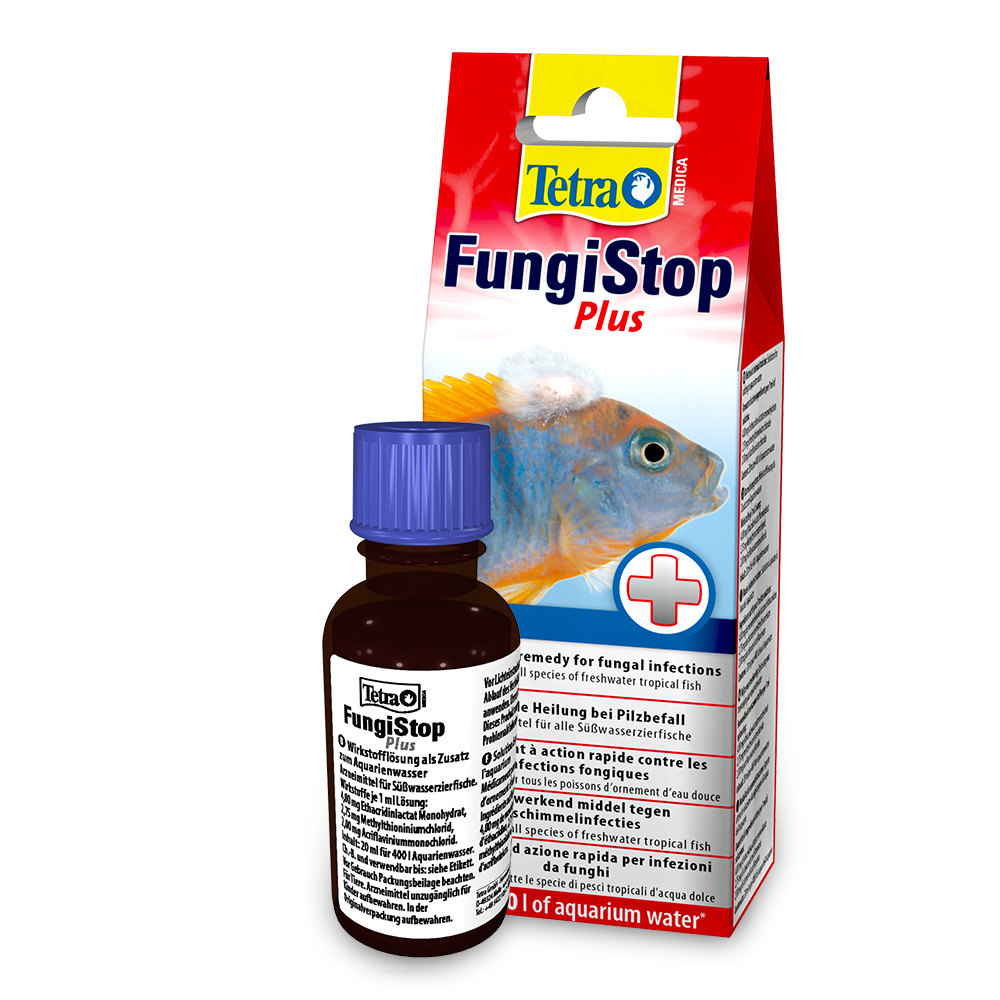
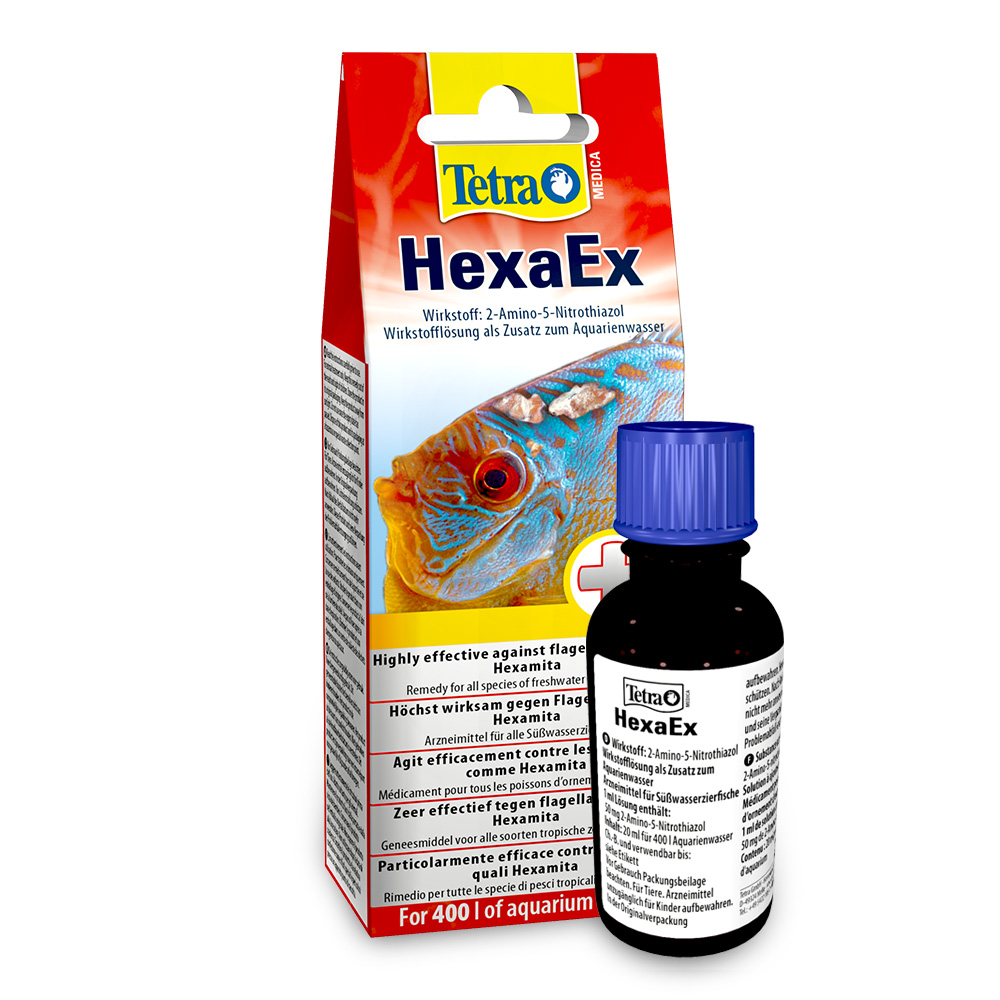
HexaEx
Active Ingredient: 2-Amino-5-nitrothiazol
Remedy for endoparasitic flagellates such as Hexamita and Spironucleus, which are commonly found in the intestines of American cichlids. The advanced stages of the disease can lead to “hole in the head disease”.
TremaCestoNemaEx
Active ingredient: Diflubenzuron
Remedy designed to treat worm infestations in freshwater ornamental fish. Helps, for example, with cases of skin or gill worms such as Gyrodactylus and Dactylogyrus.
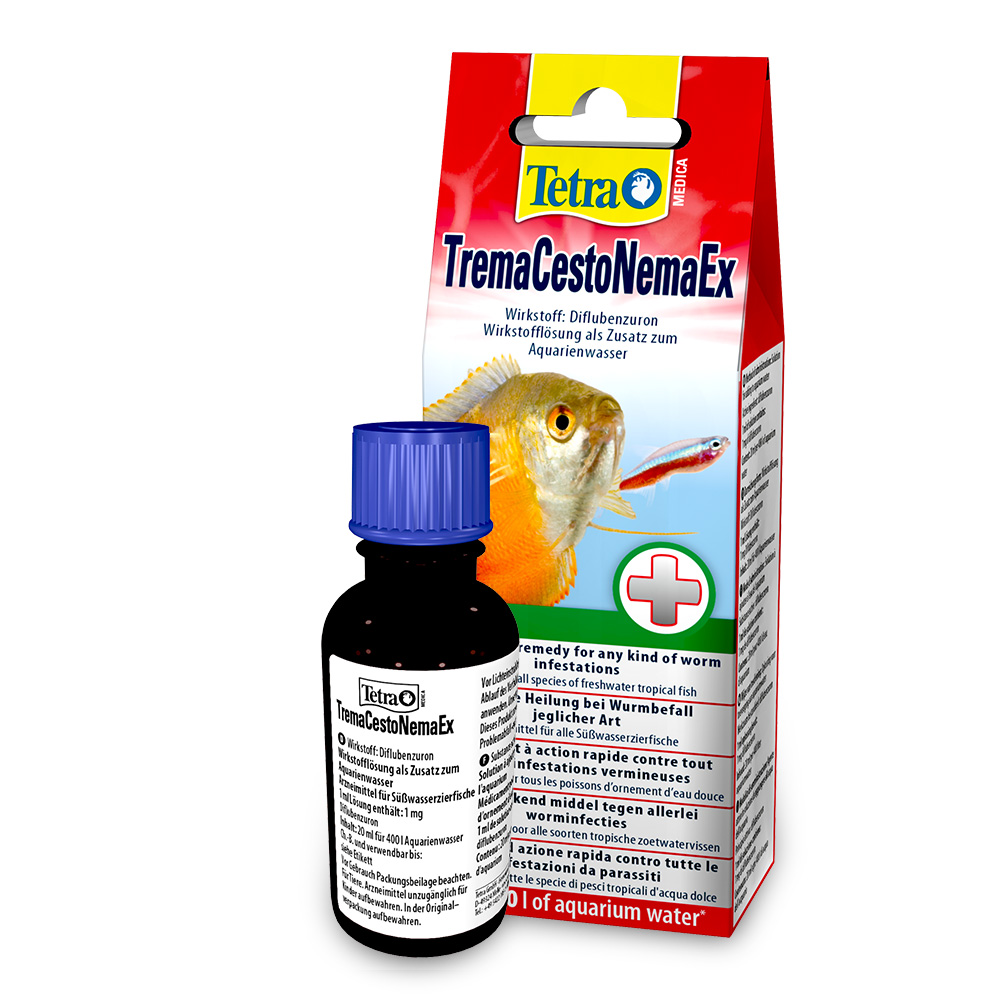
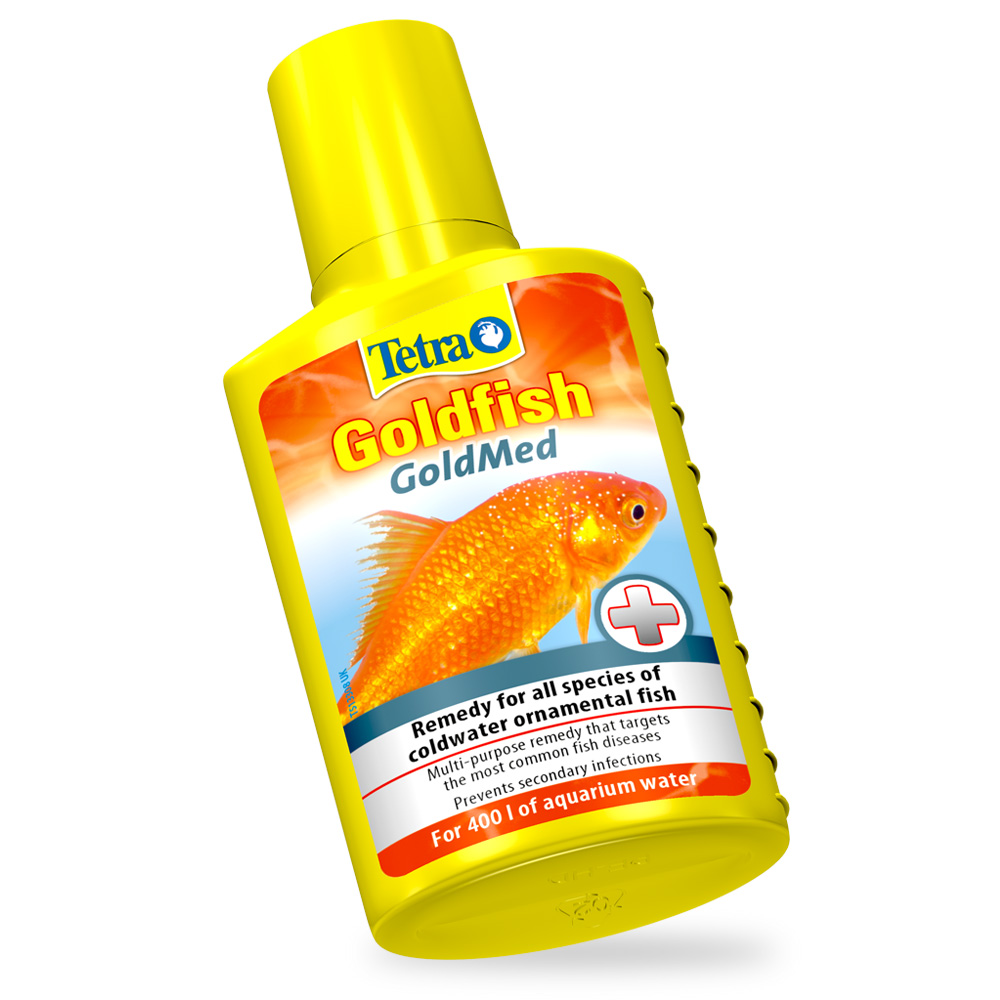
Goldfish GoldMed
Multi-purpose remedy designed to treat the most common coldwater ornamental fish diseases. Helps to treat white spot disease, skin and gill parasites, fin rot, fungal infections and wounds.


